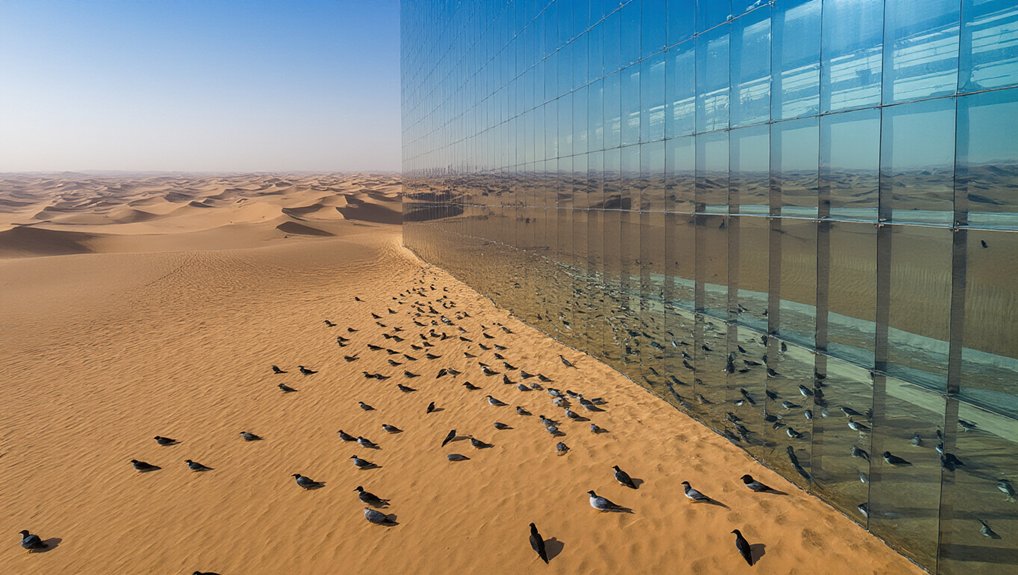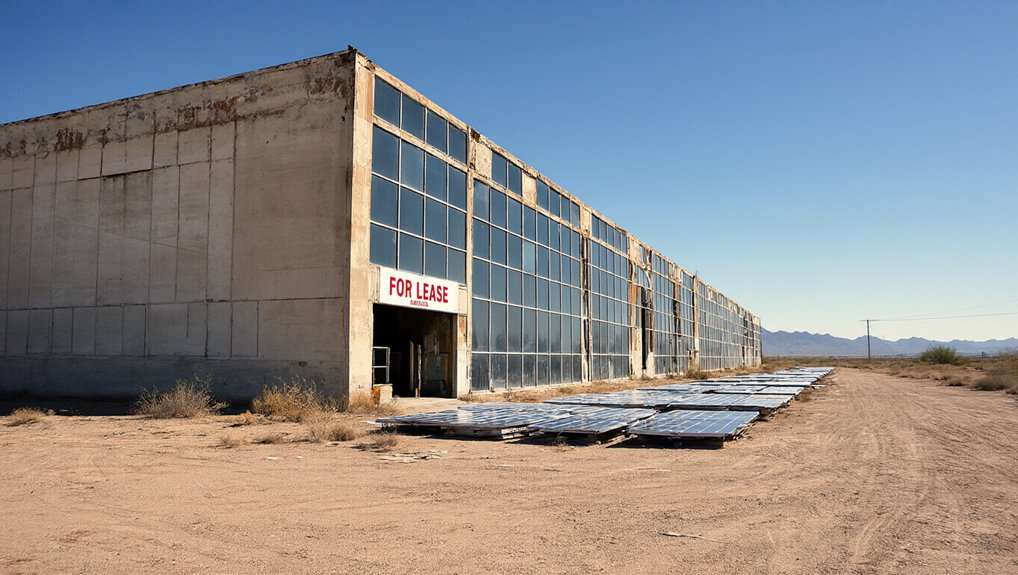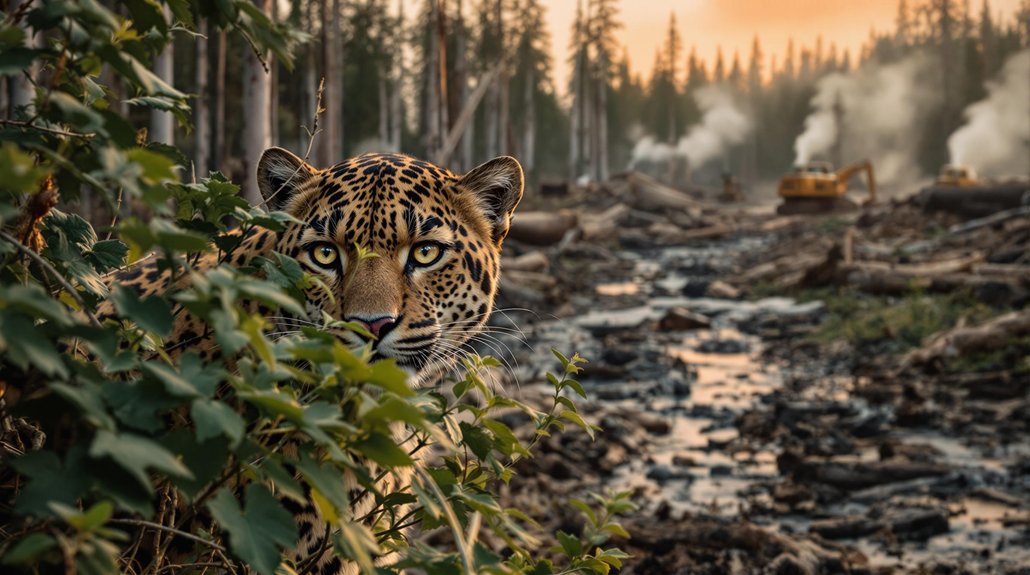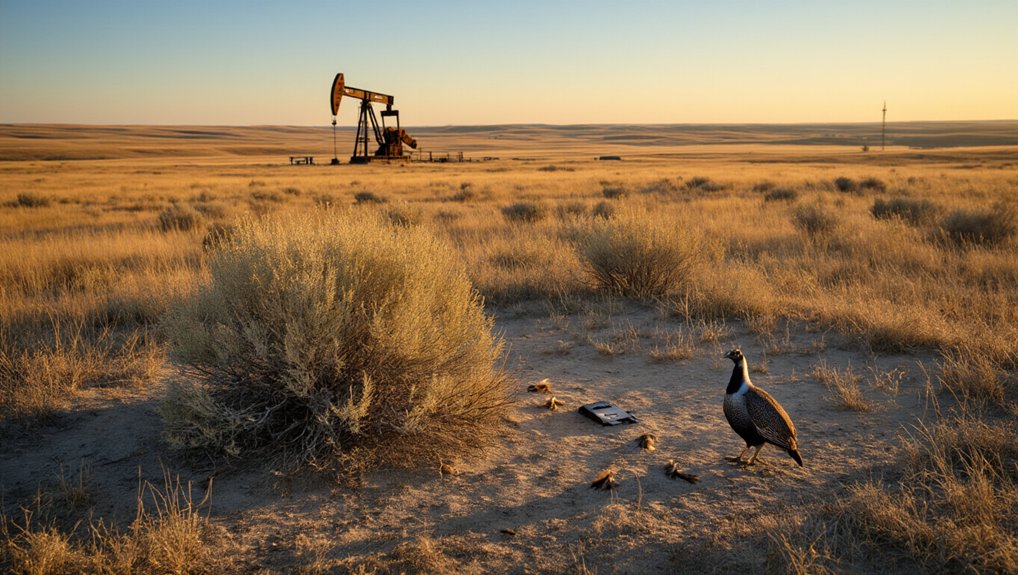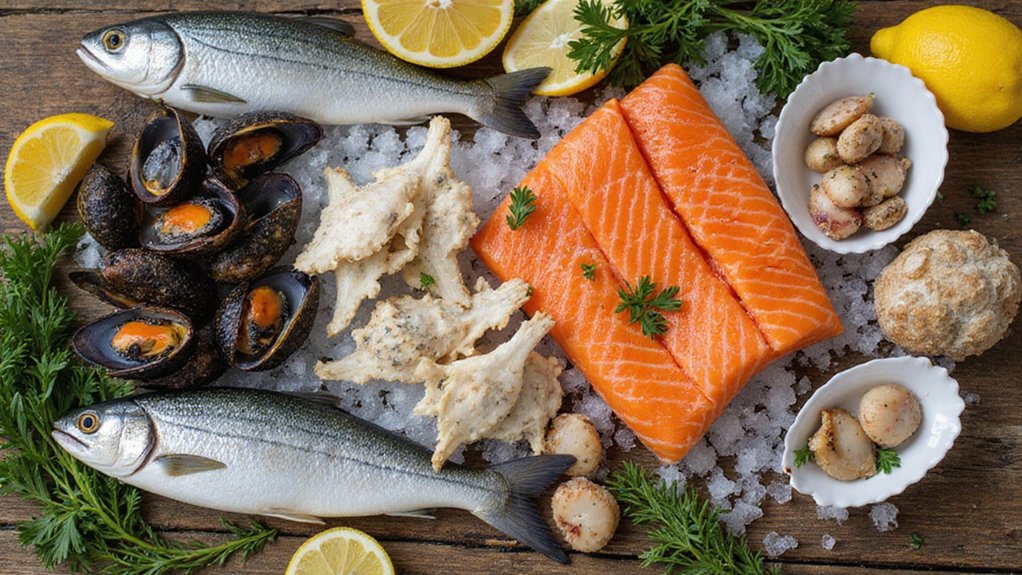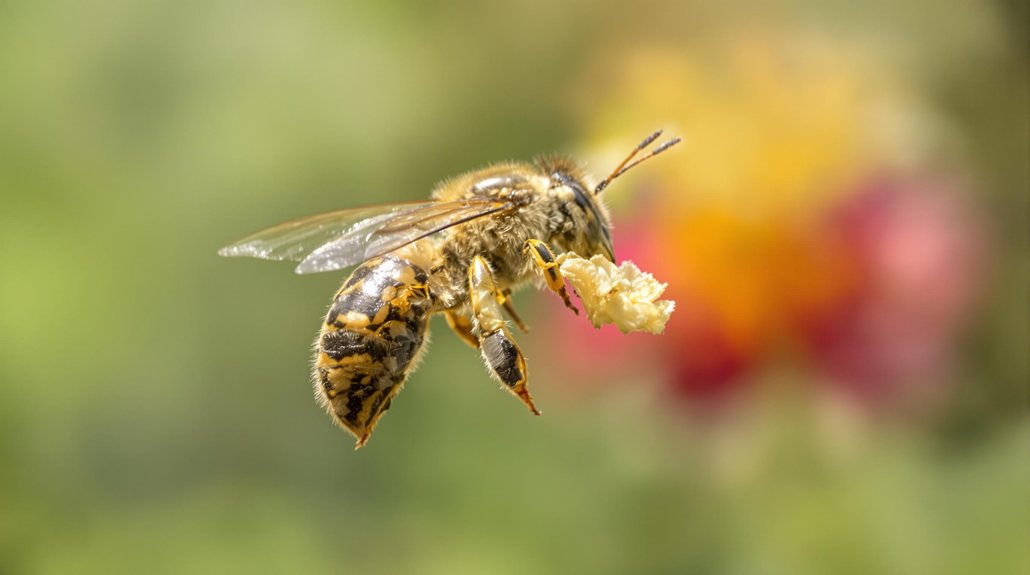While Saudi Arabia dreams up the world’s most ambitious urban project, millions of birds might be flying straight into disaster. The Line, a 170-kilometer glass-covered city stretching across the desert, promises to transform urban living. But nobody’s talking about the birds.
This thing is massive. We’re talking 500 meters high, 200 meters wide, covered entirely in mirrored glass. The whole structure will reflect the surrounding environment, which sounds pretty until you realize birds can’t tell the difference between a reflection and reality. They already slam into regular buildings. Now imagine a mirror wall that’s basically the length of Uruguay.
Saudi Vision 2030 wants nine million people living in this futuristic marvel by 2045. AI-powered transit, five-minute walks to everything, zero carbon emissions. Great for humans, maybe. Not so great for the countless migratory birds that cross the Arabian Peninsula twice a year. The reflective surface could trick them into thinking they’re flying toward water or open sky. Instead, they’ll hit glass at full speed.
Construction’s already started. Satellite images show earthworks, and the first 2.4-kilometer section should be done by 2034. Global design firms are on board, pouring their creativity into NEOM Stadium and mirrored marinas. Yet the project documents don’t explicitly mention bird-friendly features or mitigation strategies. Weird oversight for something claiming to “integrate nature throughout the structure.” This stands in stark contrast to the environmental progress of zero-emission vehicles which are designed specifically to reduce harmful impacts on natural ecosystems.
The environmental impact assessments acknowledge potential habitat disruption. They know wildlife could be affected. But knowing and doing something about it are two different things, apparently. The city’s designers seem more focused on that 20-minute train ride from end to end than on the feathered travelers who’ve been using this route for millennia. The project’s multiple meanings become clear when you consider it’s simultaneously a transportation line, a building line, and a deadly line for birds.
Sure, The Line aims to be carbon neutral and sustainable. Renewable energy, nature integration, all the buzzwords. But sustainability means more than solar panels. It means not building a 170-kilometer death trap for migrating birds. The design preserves 95% of land for nature, yet creates a potentially lethal barrier through that very landscape.
As Saudi Arabia rushes toward its 2030 vision, someone should probably mention that dead birds falling from the sky isn’t exactly the futuristic image they’re going for.
